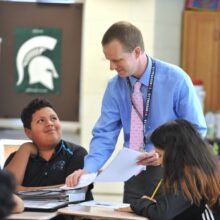Over the holidays, my family and I had the opportunity to spend a few days in St. Louis. This city was my home from eighth grade until just after college, and I hadn’t been there in nearly two decades.
It was wonderful to show my son and daughter my childhood home, introduce them to St. Louis culinary standards like toasted ravioli, gooey butter cake, and thin crust pizza with provel cheese, and run the fabled Forest Park loop with them like my brothers and I used to with my own father 35 years ago.
Then I took them to my alma mater Metro High School on Washington Place.
When I stood peering through the locked inner door into the lobby area for the first time since I graduated in 1991, I was overcome with emotion, finally recognizing how deeply this public school had impacted me in a way that I couldn’t and wouldn’t have known at age 18.

I do a good deal of writing about education policy and politics, much of it about my beloved North Carolina where I have lived since 2002. Generally when I write, I have a goal in mind which I believe would benefit the public — impacting this electoral race or that policy, holding those in positions of power accountable, celebrating public school students and educators, shining a light on problems that demand awareness.
This article is different — part tribute to my alma mater, part trip down memory lane, and part attempt to process how just three years of public schooling could completely alter the course of my life and lead me to where I am today.
My journey to public school
My father was a Marine when I was born, and my family moved a lot. This is actually not my first North Carolina go around. I attended first grade at Havelock Elementary when my dad was stationed at Cherry Point. Go Eagles!
Eventually we put down roots in Missouri, and my dad went to work for McDonnell Douglas, which later became Boeing. Money was tight, but my parents wanted my brothers and me in Christian schools and managed to get scholarship money to enroll us in a private school in a wealthy part of St. Louis County.
I treasure my friendships with those classmates to this day. However, at that stage in my life, my early adolescent self consciousness collided with my inability to keep up financially with those around me in a big way. I noticed my peers Breckenridge ski lift tags through the Polo cologne-choked hallways and saw brand new Corvettes with giant bows parked outside for 16th birthday surprises, and all I could think about was what I wasn’t.
I recall with crystal clarity a time when I had committed the cardinal sin of wearing the same sweater twice in a week. I thought a Monday/Friday rotation would go undetected. Walking down the hall I heard a student call out, “Hey Justin, didn’t you wear that sweater on Monday?” It’s a story I’ve told my students many times to illustrate how the sting of words can linger for years.
After my ninth grade year, the scholarship money ran out, and it was time for my parents to make a decision. My family lived just outside the city in Maplewood, and the suburban high school there wasn’t a great option at the time. I had a white neighborhood friend who attended a public magnet school as a part of the St. Louis Public Schools desegregation program, and she told me about Metro.
The St. Louis Public Schools system has a checkered history. The district had its accreditation yanked by the state in 2007 due to poor student achievement and financial mismanagement. However, it was also home to the nation’s largest racial desegregation program.
In 1972, a Black mother of five named Minnie Liddell sued the St. Louis Board of Education, noting that “white schools were better equipped, better maintained, and received new textbooks while the black students were often housed in inferior, overcrowded schools and had to make due with books previously used by white students.” As Liddell’s lawsuit wound its way through the courts, in 1983 St. Louis began a voluntary desegregation program which would see more than 70,000 Black students attend majority white suburban schools.
While its primary goal was addressing the unequal educational access Black families had, the desegregation program also allowed white students who lived in St. Louis County to enroll in city magnet schools which were majority Black. One of those schools was Metro High School.
Metro High School opened as an innovative “alternative school” under the leadership of Principal Betty Wheeler in a tiny five-room Quonset hut on Chouteau Avenue the same year Minnie Liddell filed her lawsuit. In 1980, Metro moved into the vacant Temple Israel synagogue at 5017 Washington Place, a 1907 structure on the National Register of Historic Places. The school was incorporated into the St. Louis Public Schools’ newly created magnet program before becoming one of the district’s desegregation magnet schools in the early 80s.
Betty — that’s what she always asked us to call her — had a vision that Metro would be a small, diverse open-campus school with no bells or walls where students with strong academic foundations would thrive in a non-traditional setting. All Metro students were required to take art and music as well as two years of foreign language, could only pass classes with a grade of 70 or higher, and had to have 240 hours of community service at nonprofit organizations in the city in order to graduate.
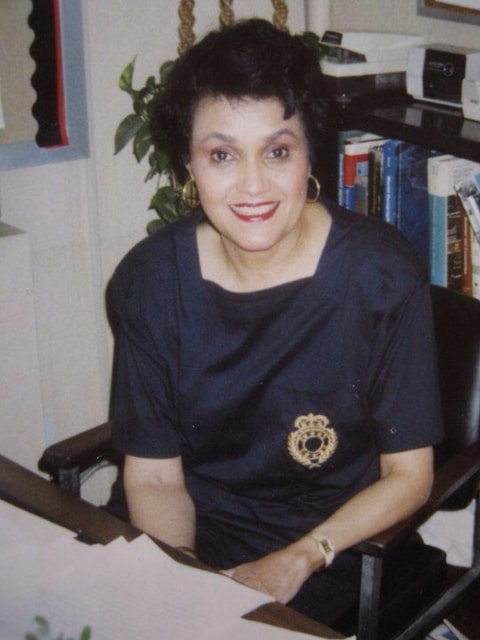

In the fall of 1988, I took a taxi with two other white students to 5017 Washington Place and walked through the doors of Metro High School as a sophomore for the first time. After a lifetime surrounded by white folks — the private school I’d left had exactly one Black student — I suddenly found myself a minority student in a warm and welcoming population of Black, Asian, and white.
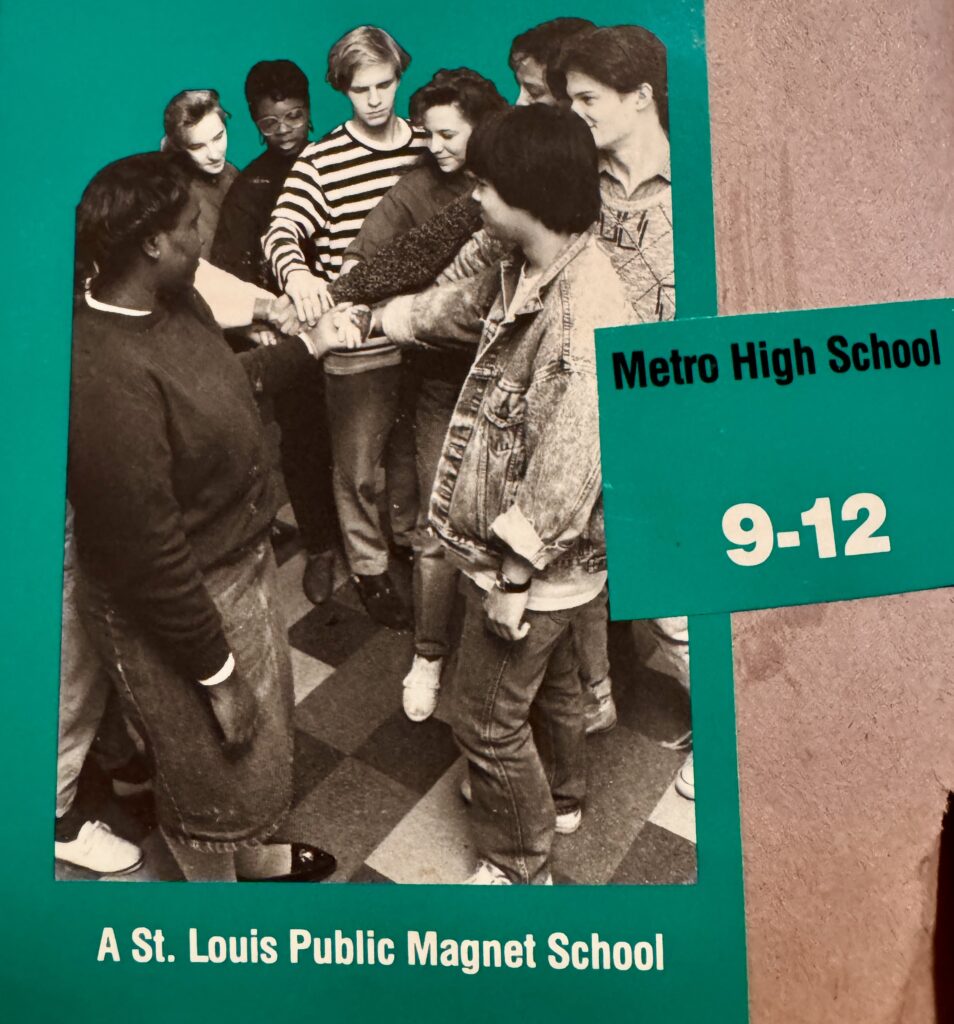
Betty’s personal vision of a racially integrated school preceded Minnie Lidell’s lawsuit and district policy on race. From its inception, Metro’s colors were Black and white. Students in the school’s first year designed a logo of Black and white hands clasping which formed an arch over the building’s rear door to the parking lot, and this symbol of unity is on the school’s website to this day. Through a balanced admissions process and attention to nurturing Metro’s culture, Betty’s approach to racial integration resulted in a community of students who worked together and cared for each other regardless of differences.
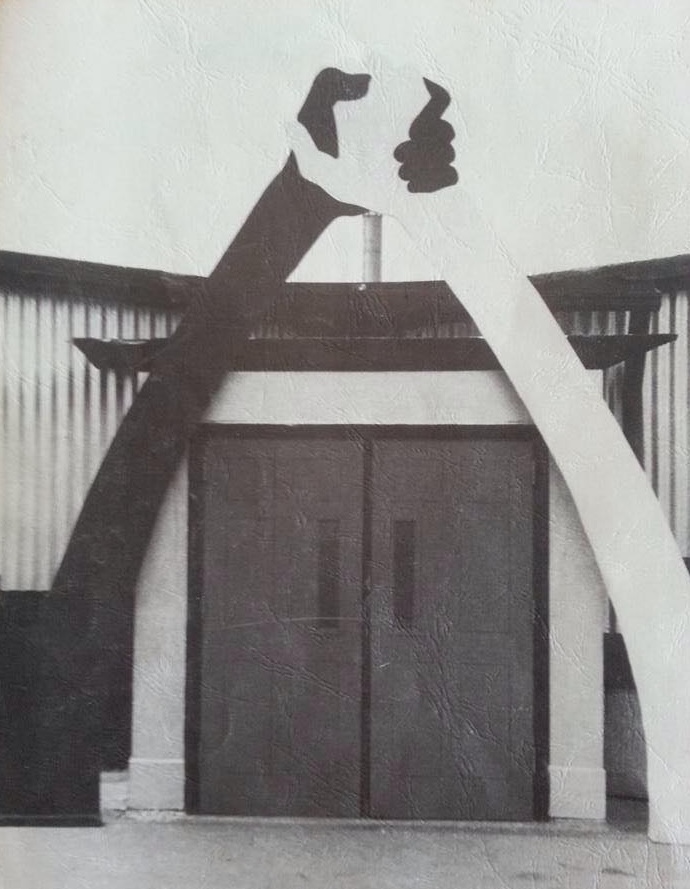
At Metro, I joined the cross country squad and learned from social studies teacher and coach Tom Morgan how to be a good teammate. Volunteer hours were non-negotiable, so I landed a gig working at the St. Louis Science Center in Forest Park, donning a white lab coat to explain displays to visitors. It was hard at first for an introvert, but as usual Betty was right: I needed to learn the value of human interaction and service to others.
However, it was my relationship with learning that Metro changed the most.
My view of education when I started at Metro could be fairly characterized as belligerent. I’d sit in the back of my ninth grade algebra class wondering — often aloud — how the quadratic formula could ever be useful in the real world. When I enrolled at Metro, I brought my closed-minded attitude and prejudice against learning with me.
The roots of my disdain for school in those years were varied, but a lot of it stemmed from a fundamental belief that the things I was learning were not relevant to my life and thus not worthy of my time or energy.
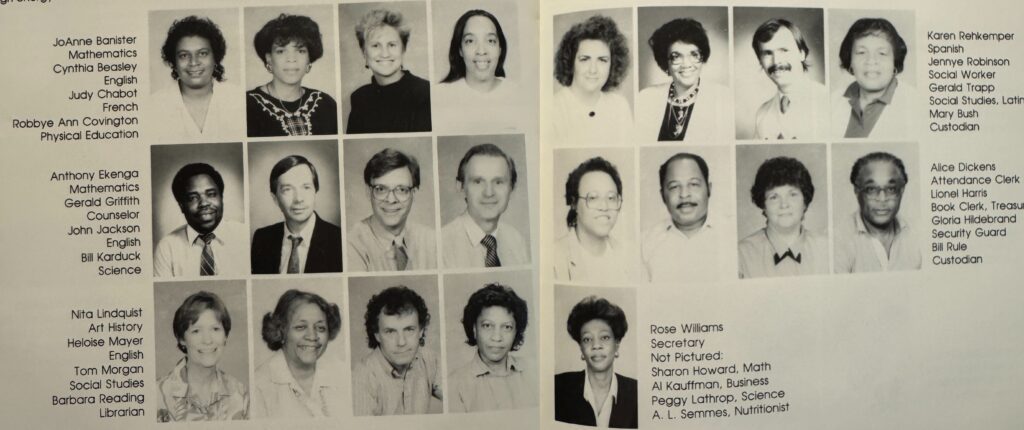
Before I started tenth grade I had never had a Black teacher. At Metro, more than half of my teachers were, and they were among the best teachers I have ever had. My geometry teacher, Ms. Banister, changed my attitude toward math — and equipped me with the line “Dump the gum!,” which I use in my classroom to this day. Ms. Mayer schooled me in the now-lost art of diagramming sentences and kindled my love of grammar, which helped me master other languages while living abroad.
But more than any other, it was my eleventh grade American Literature teacher Cynthia Beasley who fundamentally changed the course of my life.
In Ms. Beasley’s class, we studied the Transcendental authors Emerson and Thoreau. For the first time when I read those essays it felt like the learning was speaking directly to me. It seemed the authors weren’t talking about life in the 19th century but about the life that I was living at that moment. Their powerful messages about the solace of nature and being boldly independent and advice to “live deep and suck out all the marrow of life” resonated with me at a time when I didn’t even know I was searching for guidance. Along with Ms. Beasley’s high expectations and focus on excellent writing and research skills — hello note cards — American Literature was a transformational point in my life. Its lessons began to dissolve the prejudice I had against learning and open my mind to what else might be out there.
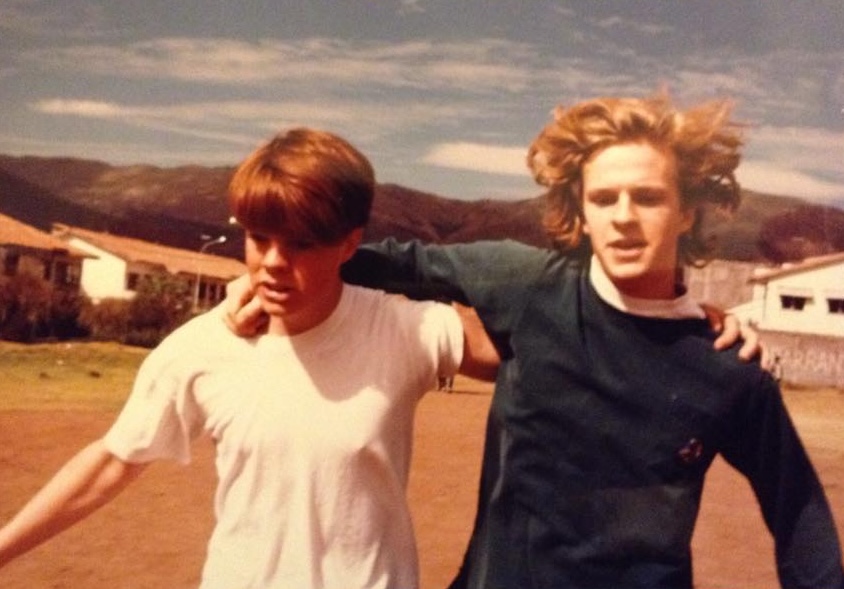
The summer after my junior year, my brother Ryan and I went to Peru with a small church group. Metro required two years of foreign language, but I had added Ms. Rehkemper’s Spanish class to French with Ms. Chabot. In Peru, I stood among the majestic Andes Mountains and marveled at the magic of Machu Picchu. I heard mysterious Quechua spoken in bustling Cusco marketplaces, experienced the Inca winter solstice celebration Inti Raymi, sampled roasted guinea pig piled high on platters with tiny peppers impaled on their bared incisors. The Spanish I’d learned at Metro wasn’t enough for complex conversation, but it was enough for me to push outside my comfort zone and feel the exhilaration of connecting with another human with a completely different life story from mine. All of this extraordinary Peruvian journey left me wanting more.
After graduating from Metro, I had zero clarity on what I wanted to do with my life. I knew I loved literature and was a decent writer, and that was enough for me to sign up for a degree in English at UM-St. Louis.
My career in teaching started in Albania

After college, I still didn’t know what the future held, but my desire for adventure and learning was strong. That thirst plus my laughable bank account balance led me to apply for two years with the United States Peace Corps as a high school English teacher in post-communist Albania. Working with teenage Albanian students in a country that had recently opened the door to the outside world was another transformative experience which finally revealed the calling I’d been searching for.
I was a teacher.
After my Peace Corps service ended three months early with the program evacuating amid widespread violence and anarchy, I found a job teaching English in Istanbul with zero safety net: no American friends, no Turkish language skills, no money for a plane ticket home if the plan fell apart. I convinced a new colleague to teach me Turkish grammar and the fascinating system of vowel harmony and studied vocabulary in my free time so I could navigate public transportation and shopping.

I grew to love Turkey and met my future wife Arzu in the process.
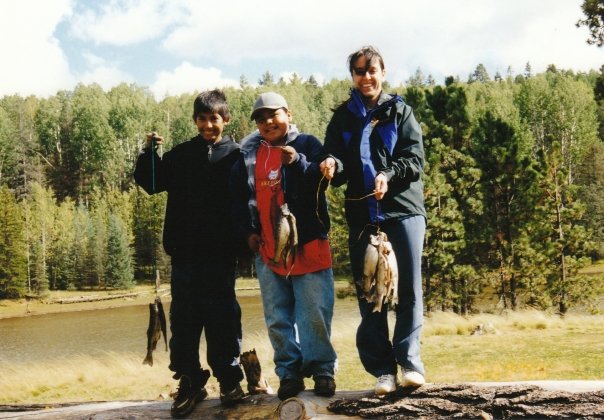
From Istanbul I applied to a Peace Corps Fellows Graduate program at Northern Arizona University in Flagstaff, moved back to the United States and began teaching sixth grade Language Arts at Whiteriver Middle School on eastern Arizona’s White Mountain Apache Reservation. Following Mr. Thoreau’s lessons I’d learned in Ms. Beasley’s class at Metro, I devoted as much time as possible to exploring the reservation’s mountains and canyons. Teaching on the reservation brought challenges I hadn’t encountered which required new solutions. I discovered the importance of relationship building, started a Saturday fishing club, commandeered a school bus and invited my students to spend Saturdays catching trout and eating sandwiches on the shores of the high country lakes.
Getting to know my students in a different setting helped me understand their lives and, in some cases, helped me motivate them at school.
How Ms. Beasley shaped how I teach today in my public school
After three years teaching on the reservation it was time for a change. Arzu and I got out the atlas and set a few criteria — not too far from the mountains, not too far from the coast, and affordable on a teacher’s salary. I had a cousin in Charlotte, and I flew out for the Charlotte Mecklenburg Schools job fair. I got hired at James Martin Middle School and after four years found my way to South Academy of International Languages, a K-8 foreign language immersion magnet school which essentially existed to teach students those lessons I’d internalized in my time at Metro: to seek out challenges, embrace differences and love learning.
One of the many joys of my nearly 20 years at this innovative school has been taking students on exchange trips to France and watching them come alive when they experience how practical and relevant their own learning is in their lives.
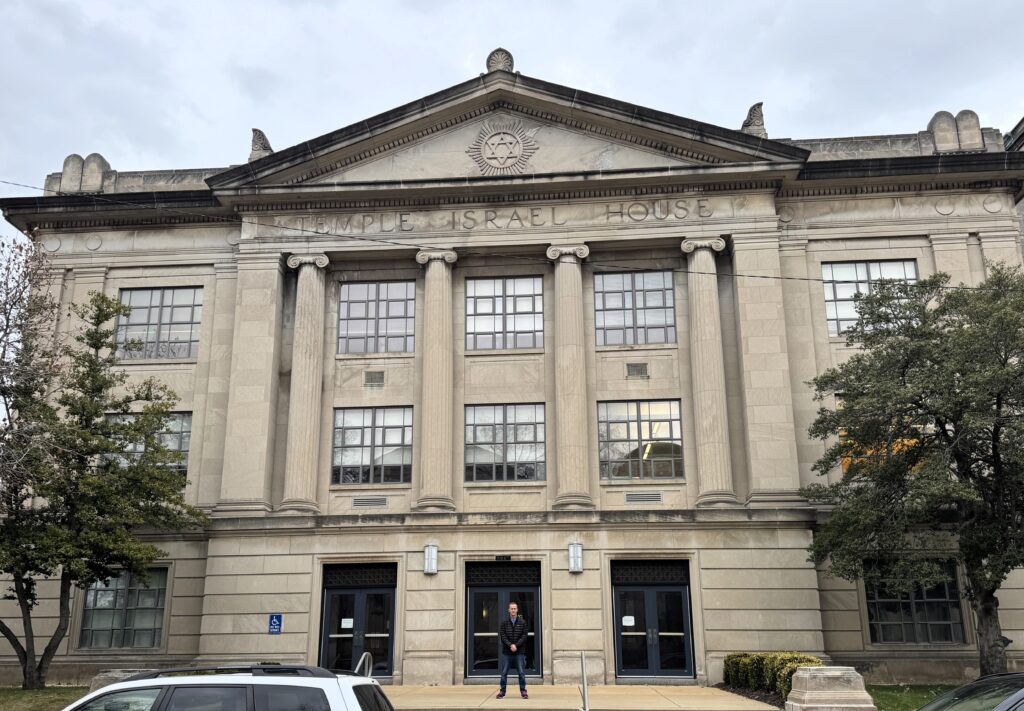
Today, in my 30th year in the classroom, I try my best to teach my students the way Ms. Beasley and her colleagues taught me all those years ago.
Each August, when I look out at my new students’ faces, I see many tenth grade Justin Parmenters, brimming with promise but lost and disconnected, certain that the lessons I have in store have nothing to do with them.
And I welcome the challenge of figuring out what it will take to change their minds.



